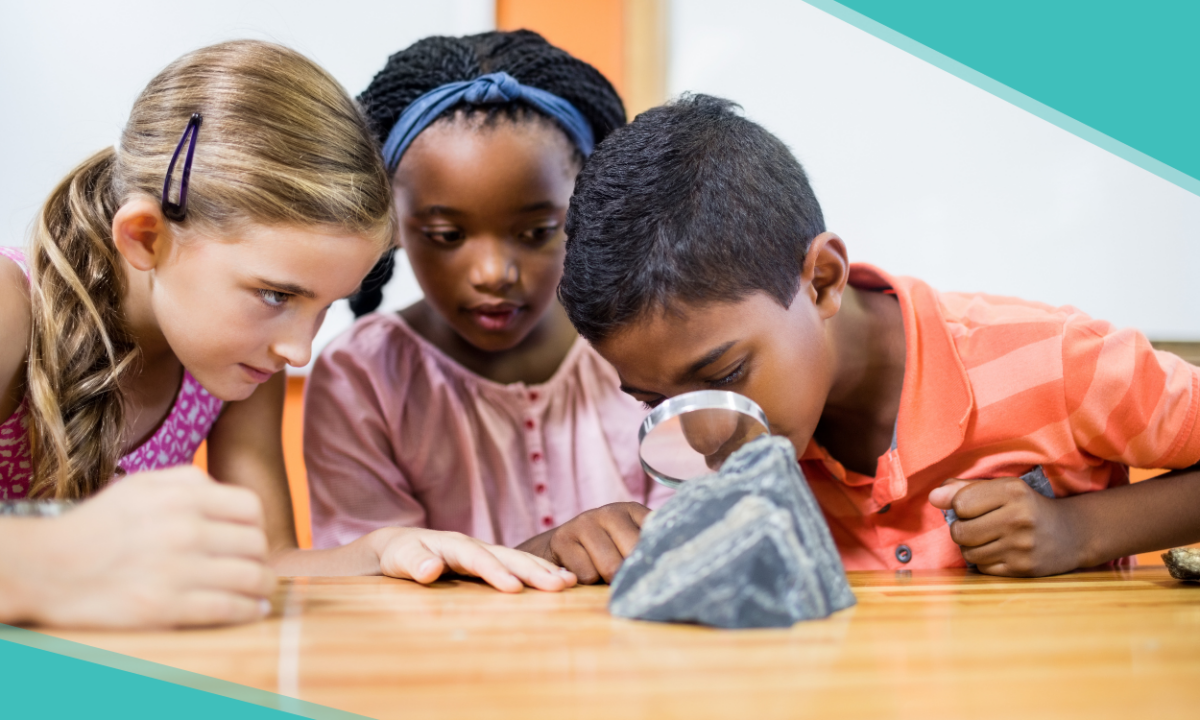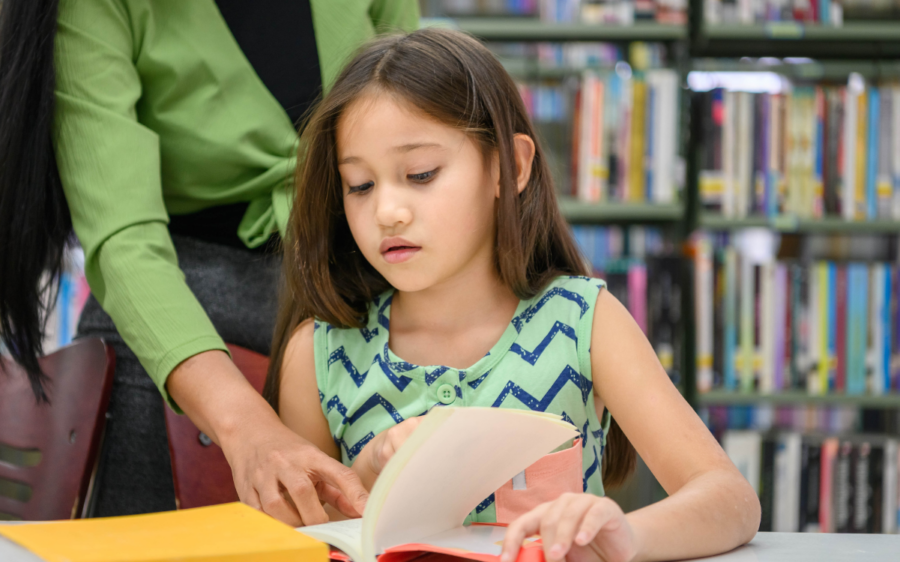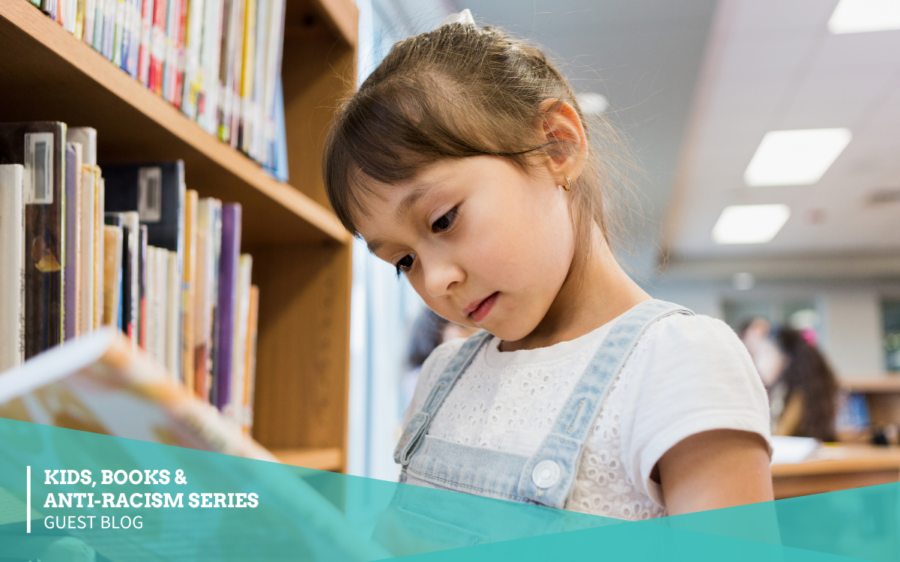This is a time, more than ever, that we as educators need to reflect on our own ability to take a tentative stance and learn more about our craft by carefully observing the reading behaviors of each child we teach. We need to take the stance of a scientist and notice, respond and refine our instruction through systematic observation based on evidence.
No two children learn in exactly the same way. It is fascinating to learn about the different paths children take to literacy by observing, noting, or coding the precise literacy behaviors you see. And when you look at those behaviors from a strengths-based perspective, you can build on a strong foundation for your literacy instruction.
Every set of notes or every running record is documentation of the child’s strengths in processing and the actions the child needs to take to achieve accurate, smooth processing. All too often educators quickly tune in to what the child can’t do instead of looking to build on the child’s strengths.
As a literacy teacher, try to be more conscious of your lens by listing at least two or three strengths you notice about the reader before you start to think about your teaching priorities. If you actually write a list of those strengths, you put yourself in a positive mindset and work from a strong foundation in leading the child’s literacy forward.
Four Key Questions:
As you consider the child’s useful actions you observe try to notice:
- What behaviors does the child initiate? (e g. reread, makes multiple attempts, confirms, corrects)
- What behaviors does the child need to initiate?
- How does the reading sound? (e. g intonation, pace, phrasing)
- What evidence do you have about the child’s understanding of the text? (From the talk about the text and the analysis of sources of information)
With a focus on the child, you can notice how your specific responses influence the child’s literacy competencies. This is critical feedback to you, and it gives you the concrete data that grounds your teaching decisions in concrete evidence. The actual reading behaviors of the children is the data you need to improve your teaching and document change in children’s literacy progress over time. Like a scientist, you will refine your thinking continually and improve your expertise on behalf of every child you teach.





